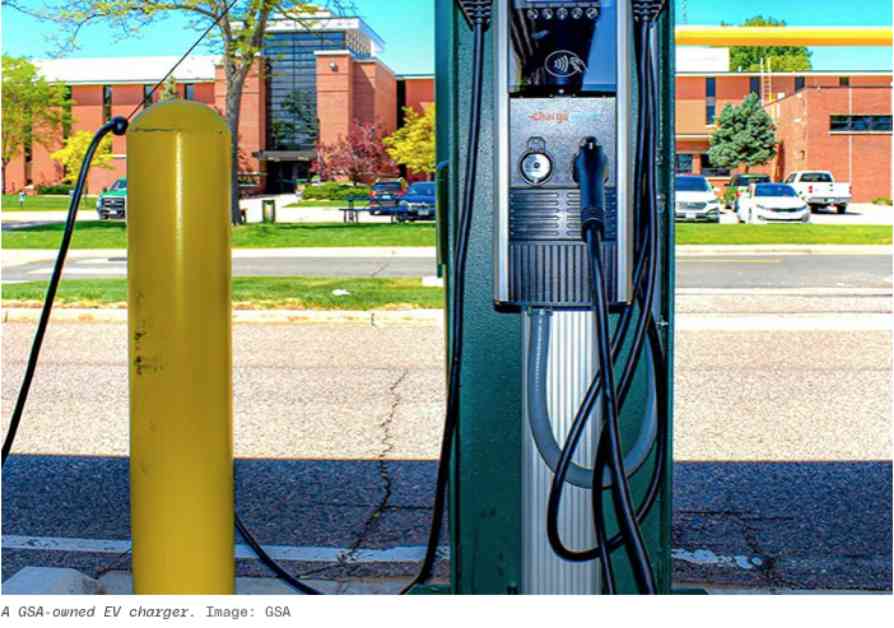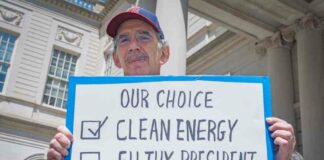The General Services Administration (GSA) has made a controversial decision to shut down its electric vehicle (EV) chargers, deeming them as “not mission critical.” This unexpected move has sparked widespread confusion and concern among EV enthusiasts and environmental advocates alike. As someone deeply passionate about sustainable transportation, I couldn’t help but feel a mix of bewilderment and frustration upon hearing this news.
The story first caught my attention as I was heading downtown for my usual Saturday morning breakfast with friends. Before the restaurant opened, I decided to take a stroll to the post office in the same block to check out their EV chargers. To my surprise, each charging station was adorned with signage from the City of Bellingham, indicating a potential exemption from the GSA’s decision. Given that our post office building is a historical landmark owned by the city, I couldn’t help but wonder if it would be spared from the upcoming shutdown.
The looming threat of losing access to these crucial charging stations struck a chord with me, especially considering the widespread efforts to transition to electric vehicles in recent years. The GSA’s internal memo, circulated via a cryptographically secure messaging app, explicitly stated that neither Government Owned Vehicles nor Privately Owned Vehicles would be able to charge at the affected stations once they were decommissioned. This announcement directly impacts the federal government’s ambitious plan to replace over half a million vehicles with EVs, a goal that now faces significant obstacles under the current administration.
Back in March 2024, the GSA had made substantial progress in promoting EV adoption by ordering thousands of electric vehicles and installing tens of thousands of charging ports across government facilities. However, the recent policy shifts following the change in leadership have cast a shadow of uncertainty over the future of EV infrastructure in the country. From halting crucial programs to rescinding directives and incentives, the federal government’s stance on electric vehicles has taken a sharp turn in recent months.
The decision to dismantle existing EV charging infrastructure has raised serious questions about the administration’s priorities and commitment to sustainability. With the global push to reduce carbon emissions and combat climate change, the need for robust EV charging networks has never been more evident. As a passionate advocate for clean energy and sustainable transportation, I can’t help but feel disheartened by the short-sightedness of such actions.
Moving forward, it is essential for policymakers and stakeholders to prioritize the expansion and optimization of electric vehicle charging infrastructure. By investing in a comprehensive network of charging stations, we can pave the way for widespread EV adoption and accelerate the transition to a greener, more sustainable future. As we navigate these challenging times, let us remember the importance of preserving and enhancing the tools that are essential for building a cleaner, brighter tomorrow.
In conclusion, the decision to shut down EV chargers by the GSA raises significant concerns about the future of electric vehicle infrastructure in the United States. As we grapple with the implications of this move, it is crucial for us to advocate for sustainable solutions and push for policies that support the growth of EV technology. By working together towards a common goal of environmental stewardship, we can ensure that future generations inherit a world that is thriving and resilient.














